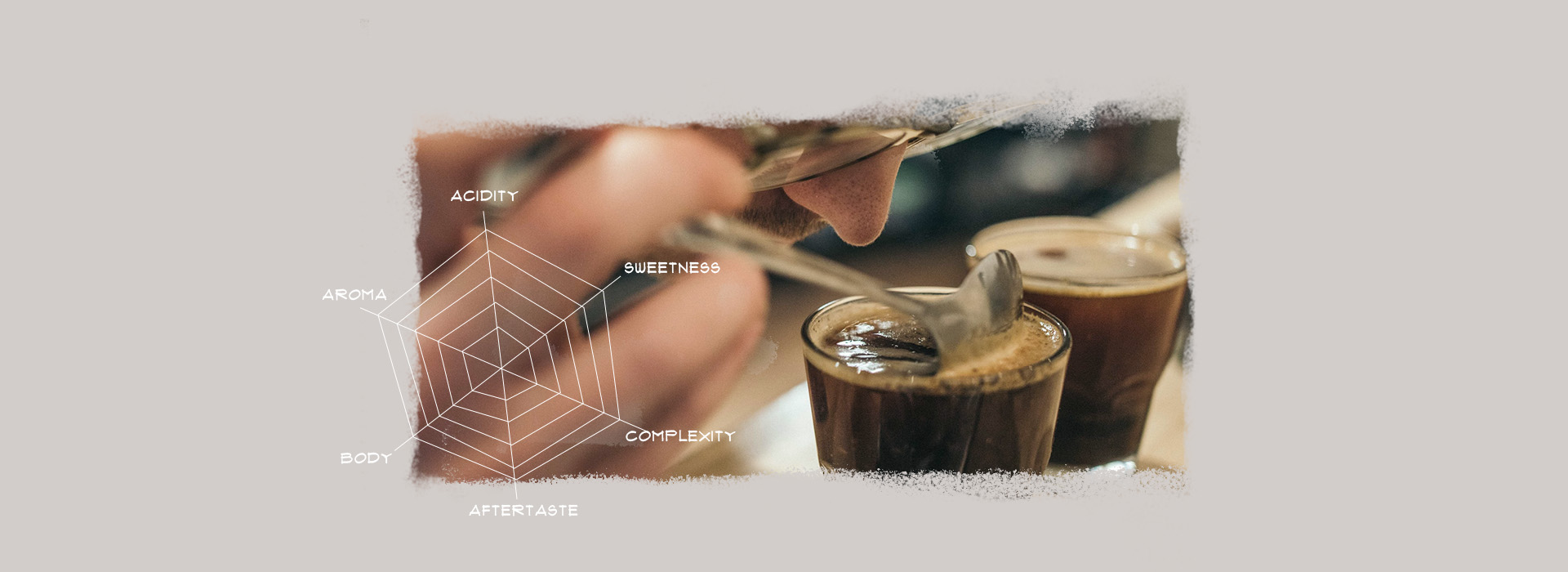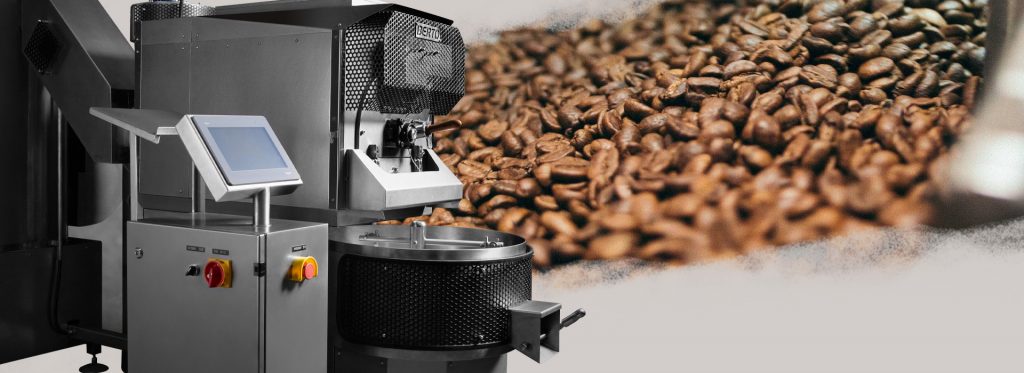Rate Your Roast: Cupping Session and More
In our previous article, we addressed how to achieve consistency from your coffee roaster. From a customer point of view, it is very frustrating to purchase a repeat order of coffee beans only to find out that the product does not taste the same as the previous purchase. It is equally as frustrating for the coffee roaster, who hopes to achieve the exact same quality in every batch. This is why it is very important to monitor the quality of the roasted beans. One of the ways to monitor product quality is to rate your roasts regularly. By conducting cupping sessions diligently and evaluating the results, you can achieve the perfect roast in a more efficient manner. In this blog we will give tips on how to rate your roasts, recognize flavors and steps to avoid pitfalls in roasting your coffee beans.
What is Coffee Cupping?
Coffee Cupping, also known as Coffee Tasting, is the practice of evaluating the flavour and aroma of brewed coffee. It usually consists of deeply inhaling the aroma of the coffee, followed by slurping the coffee to make sure it spread to the back of the tongue. With this process, the cupper tries to assess the coffee’s characteristics, such as the aroma, flavour, body and aftertaste.
During the cupping session, hot water is poured onto ground coffee beans directly into the cup and left to steep for 3 to 5 minutes. Afterwards, the crust is broken, the infusion is mixed and the foamy head removed. The coffee needs to cool down for about 7 minutes prior to tasting, to allow the flavors to develop and also to avoid burning the tongue. At an average cupping session, the cupper may sample coffee from various coffee bean origins and/or from different batches.
Coffee cupping is conducted by many people in the coffee industry. For green coffee buyers, cupping can assist in the decision-making process before buying certain coffee beans. For coffee roasters, a cupping session means evaluating a roast profile to ensure the quality of the roast is carried out consistently. For baristas, a cupping session can be a way to expand the palate, to get in-depth knowledge of various coffee origins, or even for competition purposes. For non-professional coffee enthusiasts, a cupping session can be an endless learning process to get to know coffee at a higher level.
Recognizing Flavors During A Cupping Session
During a coffee tasting session, there are many flavors that the tester may come across, but there are three that may stand out in particular. These flavors are:
Bitterness
Tasters often use this flavor to indicate the degree of roast, as a very dark roast always tastes more bitter. Bitterness can also be a result of insufficient airflow inside the roaster machine. It is recommended to experiment with different airflow settings to get different results.
Acidity
Acidity is a desirable sharp taste in your coffee that significantly attributes to the quality and the price of the roasted beans. Roasting coffee with a shorter development time will draw the acidic flavors out of the coffee beans. In order to do that, higher heat is necessary throughout the roast. However, starting the roast with too high heat may cause scorching and shorten the roasting time, which may prevent the coffee beans from fully releasing their natural sweetness, so balance is the key here.
Sweetness
Sweetness is the heart of specialty coffee. The sweetness perception in coffee is commonly associated with nutty, chocolate or caramel aroma. This is a flavor that compliments the complexity of the roast to make the coffee more enjoyable to drink. The roasting process causes the sugar in the coffee beans to caramelize to release the sweetness.
Ideally, coffee roasters aim to find a balance between these three flavors.
Avoiding the Pitfalls
A lot of things can go wrong during cupping sessions. Below are some tips to conduct a successful cupping session:
- Know your beans and eliminate defects
- Use the right roast profile for your beans
- Record your roasts and analyze the data
- Create a consistent condition for your cupping sessions, such as: grinder setting, water quality, steep-in time
- Evaluate the cupping sessions using Cupping Forms and Scoresheets
- Practice, hold cupping sessions regularly
In conclusion, conducting regular cupping sessions to rate the roasting process can help maintain the consistent quality of the end roasted coffee beans. To achieve this goal, the cupping session needs to be organised with consistent parameters and conditions.


